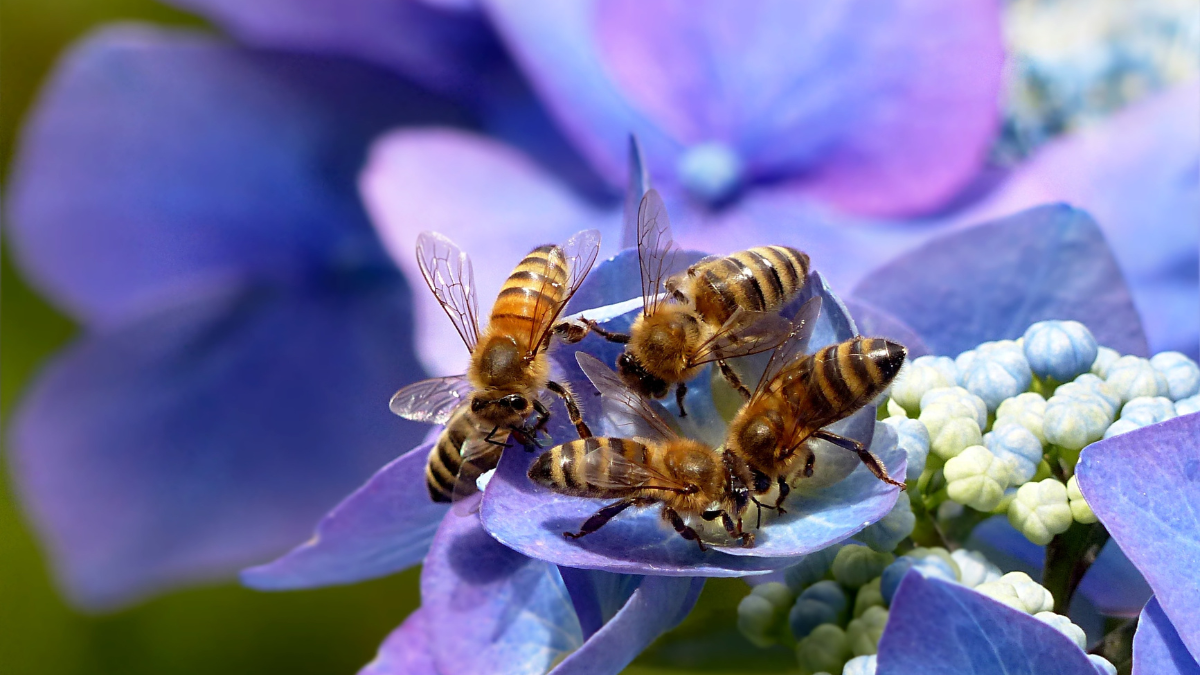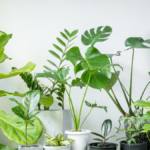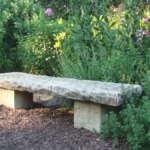Imagine a garden buzzing with life, where the vibrant colors of blooming flowers dance in the breeze, and the air is filled with the delightful hum of bees. This is the magic of a bee-friendly garden, where not only do you get to enjoy a beautiful outdoor space, but you also contribute to the well-being of these essential pollinators. In this guide, we’ll explore how to create your own bee-friendly haven and why it matters.
Why Bees Are Important
Before delving into the how-to of a bee-friendly garden, let’s understand why bees are so crucial. Bees, especially honeybees and native bees, are essential pollinators. They play a fundamental role in the reproduction of many plants, including fruits, vegetables, and flowers. Here’s why they matter:
- Pollination: Bees transfer pollen from one flower to another as they forage for nectar. This process fertilizes plants, allowing them to produce fruits and seeds. Without bees, many plants would struggle to reproduce.
- Biodiversity: Bees contribute to the diversity of plant species by pollinating a wide range of plants. This, in turn, supports various animal species that rely on these plants for food and habitat.
- Food Production: A significant portion of the world’s food supply depends on bee pollination. Crops like apples, almonds, blueberries, and cucumbers, among many others, benefit from bee activity. Without bees, these crops would yield less, leading to food shortages and increased prices.
- Economic Value: Bees contribute billions of dollars to the global economy each year through their role in agriculture. They support livelihoods and industries, making them economically valuable.
Now that we understand why bees are vital let’s dive into how you can create a garden that welcomes and supports these industrious insects.
Choosing Bee-Friendly Plants
The first step in creating a bee-friendly garden is selecting the right plants. Bees are attracted to a variety of flowers, but some are particularly bee-friendly. Here are some characteristics of bee-friendly plants:
- Nectar and Pollen: Choose flowers that are rich in nectar and pollen. These are the primary food sources for bees.
- Native Species: Native plants are adapted to your region’s specific conditions and often attract native bee species. Check with local nurseries or gardening organizations for recommendations.
- Colors and Shapes: Bees are drawn to bright colors, especially blues, purples, and yellows. They also prefer flowers with simple, open shapes that allow for easy access to nectar and pollen.
Some bee-friendly plant options include lavender, sunflowers, coneflowers, salvia, and bee balm. But don’t limit yourself; diversity in your garden is key to supporting a variety of bee species.
Provide Water Sources
Just like all living creatures, bees need water to survive. Providing a water source in your garden can be as simple as a shallow dish filled with water and stones or marbles for bees to land on. Be sure to keep the water clean and refill it regularly.
Create Nesting Sites
Bees need safe places to build their nests. Many bee species are solitary and nest in the ground or in small holes in wood. To accommodate these bees, leave some patches of bare, well-drained soil in your garden and consider adding a bee hotel. A bee hotel is a structure with holes or tubes where solitary bees can lay their eggs.
Avoid Chemicals
Chemical pesticides and herbicides can harm bees. Opt for organic gardening practices and use natural pest control methods when necessary. If you must use chemicals, do so sparingly and follow the instructions carefully.
Plant for Continuous Bloom
Bees need food throughout their active season, so aim to have flowers blooming from early spring to late fall. This continuous supply of nectar and pollen ensures that bees have sustenance throughout the year.
Learn and Observe
Take the time to learn about the bee species in your area and observe their behavior in your garden. This can be a rewarding and educational experience. You might discover new bee species and gain insights into their habits and needs.



